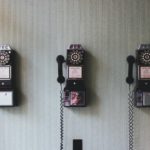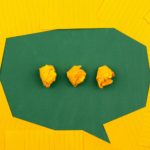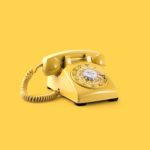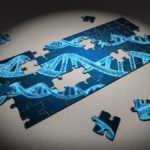
This week’s readings had a broad central theme (“The other opens”) which I found difficult to corral with a narrative fencing, so I will speak briefly on some individual points.
First up, Open Data as Open Educational Resources: Towards Transversal Skills and Global Citizenship, by Atenas, Havemann, and Priego (2015). The authors make some interesting points about the importance of creating opportunities to utilize open data in order to expose students to real-world concepts, problems and public policy that exists in the context of course content – for example, looking at real weather data to discuss policy surrounding the Climate Crisis. The authors build on this idea, discussing the importance of digital literacy skills, and the need to create informed, global citizens. I’ll admit this is an idea that immediately had my imagination firing, as I loosely constructed mini-lessons and large-scale projects in my mind’s eye as I moved through the reading.
Of course the authors were considerate in their discussion to include/outline (with a great data table) the basic skills necessary to “provide students with data curation techniques” of a sufficiency to “facilitate students to understand how information is generated, processed, analyzed and interpreted.” Looking at the compiled skill list, it could be argued that some of the skills – critical thinking, analysis skills, information management, research skills – are just general Executive Functioning skills that also happen to overlap with Self-Regulated Learning and/or Self-Directed Learning skills. Also of note, considering the last readings (and our course conversations) connected to Learning Theories, is that these skills in conjunction with the authors mention of teamwork and enabling “collaboration, discussion and engagement“ around the data, connect this pedagogical construct to both Connectivism and the broader Constructivism Theory.
My summarizing thoughts on this interesting paper is that, in addition to the skills mentioned above, the remaining competencies mentioned by the authors, and needed for students to adequately handle open data – curation skills, data-mining skills, visualization skills, statistical skills – would require not only significant time either within the structure of the assignment itself, if not in a pre-assignment unit, but also require proper training for the educator. As I feel most educators are unlikely to be competent in how to access and statistically decipher the possibly complex data from open sources. That being said, I was able to maintain my excitement imagining a great open-data course or a very large unit/project that I believe would serve students well.
And just a quick note on another article, co-written by an engaging guest speaker in our summer coursework, George Veletsianos, Scholars in an increasingly open and digital world: Imagined audiences and their impact on scholars’ online participation (with A. Shaw – 2018).
While I found this article very interesting, most of my thoughts drifted away from the writing into my own questions. Veletsianos and Shaw have done interesting research in that it attempts to explain how scholars perceive their audience and the effect it has on the presentation of their online “self.” But the findings are unsurprising in noting that participants censor themselves – whether in having a true understanding of audience or not.
As a participant notes: “When you have to go out there and put yourself out there, you’re going to choose and you’re going to filter…it’s not going to be entirely you.”
Speaking specifically of my primary online presence (Twitter), I filter or fully omit most things. My total number of replies, reposts and comments – which were then quickly deleted on second thought, vastly outnumber (and not even close) those things that I have decided to post.
I would argue that this is constant and continuous – as I am a slightly different “version” in front of a class against a room of peers, friends, or family. Unsurprisingly again, I (like most people, I suspect) do this in all forms of communication, in all settings. The tone of email, text, face-2-face, changes with every unique situation, public or private. This really led me down the rabbit hole – Who among us can say that they are truly themselves in an interaction, in any forum, outside of the safe confines of their inner monologue (and maybe not even then)? Am I alone to say that I don’t feel I am presenting my authentic self, even at times with my partner?
Of course once you get into the spiritual woo-woo of the nature of the self or the true nature of consciousness, it’s time to put the reading down and go for a walk. Maybe get a cup of coffee with friends?
GIF: Digital Art Masks GIF by Vibeke Bertelsen (Udart). Taking from GIPHY





